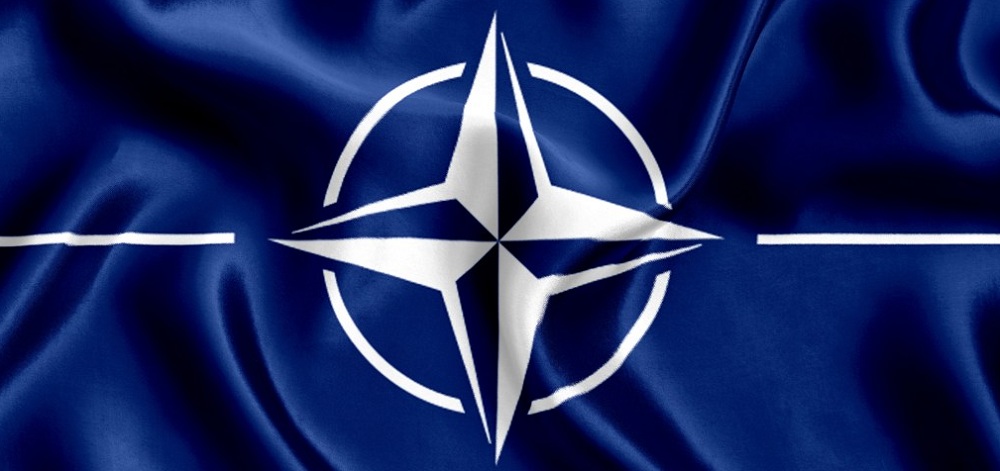Alwaght- In an interview with German Die Welt am Sonntag newspaper, NATO Secretary-General Jens Stoltenberg said that the military alliance’s experts will soon decide a new military strategy. He cited new threats to NATO in the “East and South” in addition to the “Russian nuclear threats” as the driving force behind the new strategy. The new strategy announcement comes while the Moscow-Brussels relations are experiencing the most intense times since the Cold War ended in the early 1990s with the collapse of the Soviet Union and the two sides are embarking on an emerging arms race.
What is the nature of NATO’s new strategy and what are its consequences?
NATO’s 2010 strategy and ties with Russia
The alliance’s earlier policy, dubbed NATO’s New Strategic Concept, was adopted in 2010 at a conference of the member states in Lisbon, Portugal. In part of the strategy, the Western military organization redefined its relations with Russia, deciding to cooperate with Moscow on a series of cases including the asymmetric warfare, terrorism, nuclear non-proliferation, Afghanistan war, and the stability of the Russian borders. But at the time of approval of the 2010 strategy, there was a confusion in NATO’s understanding of the ties with Russia. Anders Fogh Rasmussen, then its secretary-general, said after the strategy approval: “The security environment has never been so complicated.”
The highlighted part of the work with Russia was the missile-related cooperation. NATO asked for joint work to cut the nuclear warheads reserves in a short run, as it besides called for the Russian leadership to remove their nuclear weapons from the NATO borders. The two actors, however, did not yield to full cooperation on missiles defense. NATO’s eastward expansion and increase of members from 16 to 28 drew strong reactive measures from Russia. All in all, the 2010 strategy made a ground for a mix of confrontation and cooperation. The faults of the strategy paved the way for a new wave of rivalry between the two powerful players.
NATO confused about adopting a strategy
NATO confusion about adopting an appropriate strategy towards Russia even increased after 2014. On the one hand, the alliance needs a partnership with Moscow on Afghanistan, counterterrorism, and nuclear non-proliferation. And on the other hand, seeks to check Moscow within its borders. So, the NATO leaders are largely bewildered to choose among three available options in relation to Russia. Here are three options:
1. Punishment and isolation strategy in which the economic sanctions and the threats of attack and deterrence increase.
2. Resilience and engagement strategy in which the allies are strengthened but the door is kept open for cooperation with Moscow.
3. Accepting the distribution of the spheres of influence which is a favorable option for Moscow but is yet to be accepted by the Western military bloc.
With regard to changes that have taken place in the NATO security environment since 2014, the alliance now feels a need to approve a new strategy. To this aim, NATO began measures to contain Russia at three levels:
1. Deploying ground-based missile defense: The US and NATO missile defense system was installed in 2016 in the Romanian capital Bucharest. The project cost the coalition $800 million. The alliance also deployed to Poland a $2 billion air defense system. Russia argued that the deployments in Eastern Europe were a violation of the Intermediate-range Nuclear Forces treaty signed with the Soviet Union in December 1987. It tested in response the super heavy liquid-fueled intercontinental RS-28 Sarmat missile, which can, Moscow boasted, evade Romania and Poland-based air defenses. It also tested supersonic 5,000-range missiles as well as 9M729 powerful missile. The tests provided the US with a pretext to pull out of the INF treaty in early February, though Moscow argued they did not violate the agreement. With US exit, now the NATO policies are fully compliant with the US’s. It is predicted that in a new strategy, NATO will considerably increase its land-based air defenses.
2. Russia outnumbers the US when it comes to the tanks, artillery, and self-propelled guns. None of the NATO members are among the globe’s top 8 powers in these facilities. So, in case of a confrontation, Russia will make swift advances. To compensate for the weakness, NATO increased its forces in the black Sea and the Baltic Sea after Ukraine crisis of 2013. It also formed 30 brigades, with 30,000 troops and 30 squadrons of fighter jets and frigates as part of a fast action force. In reaction, Russia bolstered its presence in the Baltic Sea and Poland borders.
3. In its new strategy, NATO improved its air, space, and cyber defenses to tackle the so-called Russian threats.
In fact, a lot of the new strategy’s details that are due to be unveiled are already in practice. Under the ruse of preventing Moscow’s preemptive missile strikes, the NATO, in reality, seeks to foil Russia’s second strike capability. NATO knows that nuclear and ballistic missiles of Russia are deterrent according to Start 1 and New Start treaties. So, if Russia is stripped of its nuclear retaliatory strikes capability, it will be practically checked and has to give concessions. On the other hand, the US and NATO, failing to penetrate Russia by intelligence, over the past few years have taken some provocative measures to assess the Russian capabilities.
Adopting a new strategy should be read as serving Trump’s military strategy and the US interests, not the EU’s. On the one side, the European security will be more prone to damages. Kremlin, responding to efforts to undermine its second-strike capability, in its 2014 military doctrine named the NATO the top enemy and launched a missile capability boost campaign. In its 2016 strategy, it prioritized deepening the relations with the Commonwealth of Independent States and other regional actors. And on the other side, the European states will have to increase their military spending, meaning a considerable burden of NATO budget removed from the US shoulder.



























